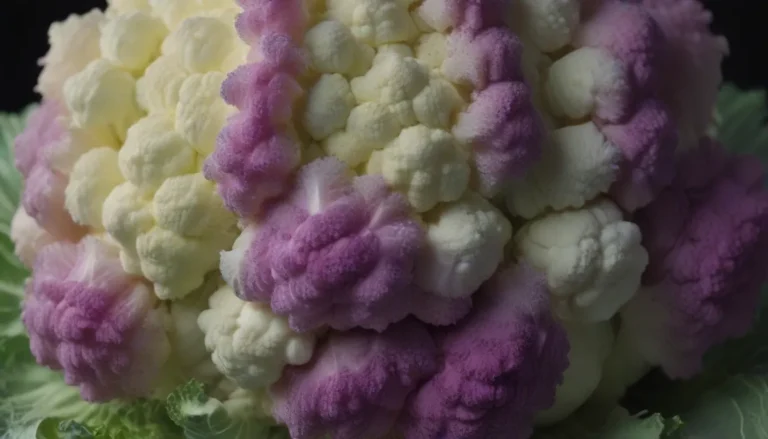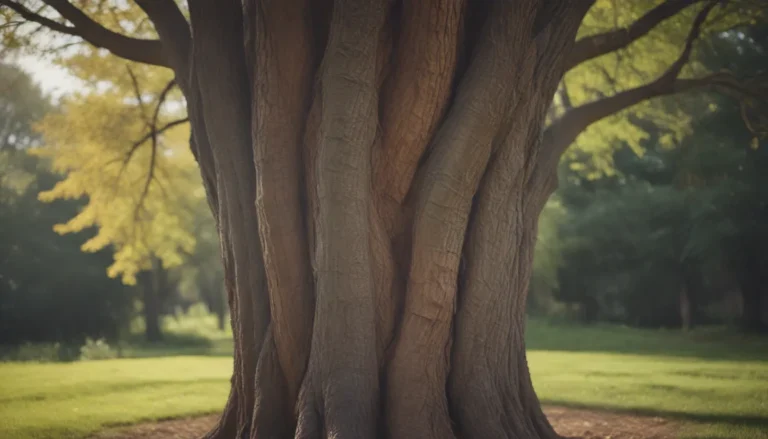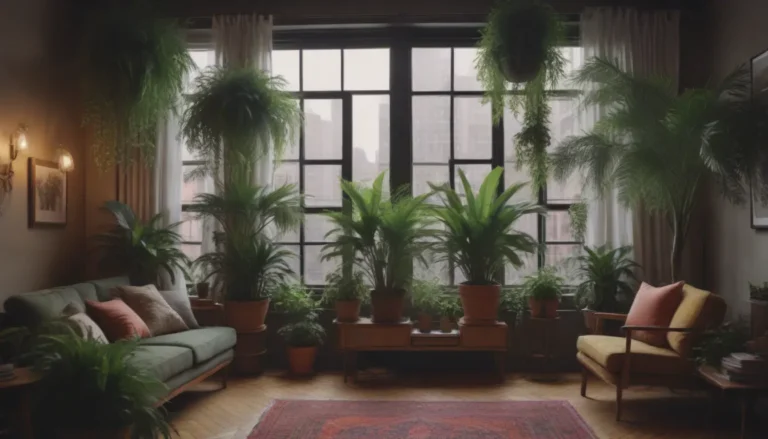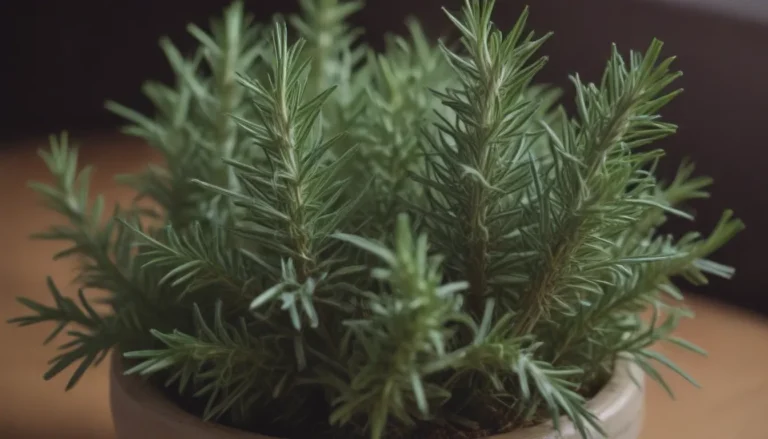Ultimate Guide on Growing and Caring for Peperomia Obtusifolia (Baby Rubber Plants)
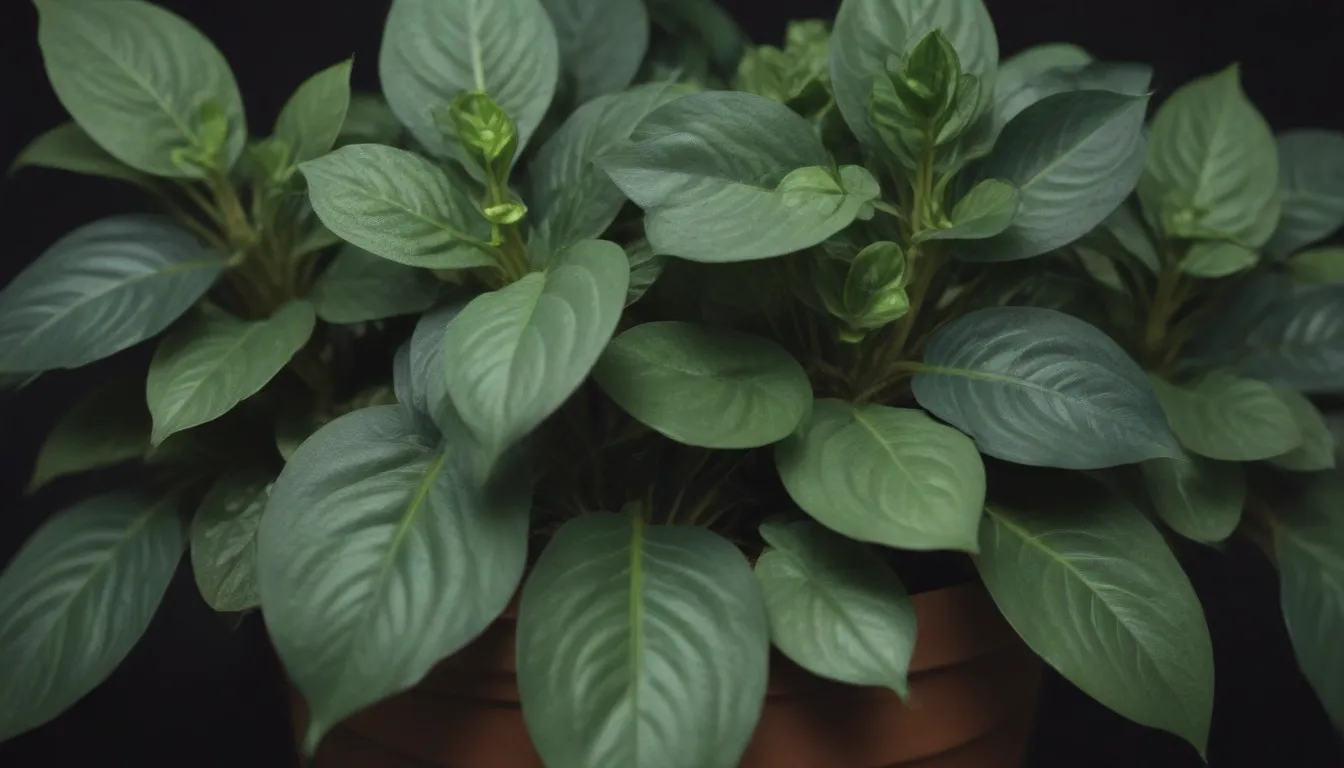
Are you in search of a tropical-looking houseplant that is compact, low-maintenance, and pet-friendly? Look no further than the baby rubber plant, scientifically known as Peperomia obtusifolia. This epiphytic species, despite its name, is not related to the rubber plant but belongs to the extensive Peperomia genus. Its moniker, “obtusifolia,” refers to its blunt-leaved nature. Baby rubber plants are prized for their glossy, spoon-shaped, fleshy leaves that come in shades of dark green, as well as variegated varieties with white and green marbled patterns. They are also known for their occasional small white-green flowers, although the foliage remains the primary attraction.
Introduction to Peperomia Obtusifolia Care
Peperomia obtusifolia is a native of South America, thriving in tropical rainforest environments. Therefore, when caring for this species, it is essential to recreate these conditions as closely as possible in your home. While these plants are relatively low-maintenance and resilient to pests and diseases, there are specific care requirements to ensure their proper growth and health.
Light
- Keep your Peperomia obtusifolia away from prolonged, intense sunlight to prevent leaf burn and color loss, especially for variegated varieties.
- Place your plant in a partial shade location near a south, east, or west-facing window to provide bright but indirect light. Variegated cultivars may require slightly more light for optimal growth.
- Although non-variegated cultivars can tolerate low light conditions, a bit of early morning sunlight can aid in leaf pattern development.
Soil
- Baby rubber plants prefer moist but well-draining soil to prevent root rot. Use a loose, fertile potting mix composed of 2 parts peat and 1 part perlite or sand for optimal growth.
Water
- It is better to underwater than overwater Peperomia obtusifolia, as they are sensitive to standing water.
- Water moderately during the growing season, allowing the top few inches of soil to dry out before the next watering. In winter, let the soil dry out more between waterings to prevent root issues.
Temperature and Humidity
- Maintain a temperature range of 65 to 75 degrees Fahrenheit for your baby rubber plant, avoiding extreme fluctuations.
- Provide high humidity for optimal growth, making it an ideal plant for a bright, steamy bathroom. If not in a humid environment, consider misting the leaves or using a pebble tray to increase humidity levels.
Fertilizer
- Peperomia obtusifolia has small, epiphytic roots and does not require heavy feeding. Use diluted all-purpose liquid fertilizer once or twice a month during the growing season to promote healthy foliage.
Types of Baby Rubber Plants
Peperomia obtusifolia offers a variety of cultivars to choose from, including popular options like ‘Alba,’ ‘Gold Tip,’ and ‘Minima.’ Each cultivar boasts unique characteristics and visual appeal, allowing you to select the perfect addition to your indoor garden.
Pruning and Propagating Peperomia Obtusifolia
To maintain a tidy shape and promote healthy growth, occasional pruning of your baby rubber plant is recommended. Pinching the tips of stems can encourage new growth and prevent legginess. Additionally, propagating Peperomia obtusifolia is a simple process that involves stem tip cuttings or division, allowing you to expand your plant collection easily.
Potting and Repotting
Repotting your baby rubber plant should be done every few years as they do not require frequent repotting due to their compact root system. Choose a well-draining potting mix and avoid pots that are too large or deep to prevent waterlogging issues.
Common Problems and Solutions
Even low-maintenance plants like Peperomia obtusifolia can face issues if not cared for properly. Being aware of common problems and their solutions can help you maintain a healthy and thriving baby rubber plant.
Yellowing Leaves
- Overwatering is a common cause of leaves turning yellow. Adjust your watering routine to prevent root rot and maintain healthy foliage.
Drooping Leaves
- Factors like excessive sunlight exposure, overfeeding, or underwatering can lead to wilting and drooping leaves. Ensure your plant receives adequate light, water, and nutrients for optimal growth.
Leaf Drop
- Sudden changes in temperature can cause your plant to shed leaves. Maintain consistent temperature levels and avoid placing your plant near drafty windows or heating sources.
Browning Tips
- Cold temperatures below 50 degrees Fahrenheit can result in brown leaf tips, while excessive sunlight exposure can lead to leaf scorch. Keep your baby rubber plant in a suitable environment to prevent these issues.
In conclusion, with the right care and attention, Peperomia obtusifolia can thrive indoors for several years, adding beauty and greenery to your living space. Remember to provide the necessary light, water, temperature, and humidity requirements to ensure your baby rubber plant remains healthy and vibrant. By following these guidelines and troubleshooting common problems, you can enjoy the lush foliage and unique charm of your Peperomia obtusifolia for years to come.

